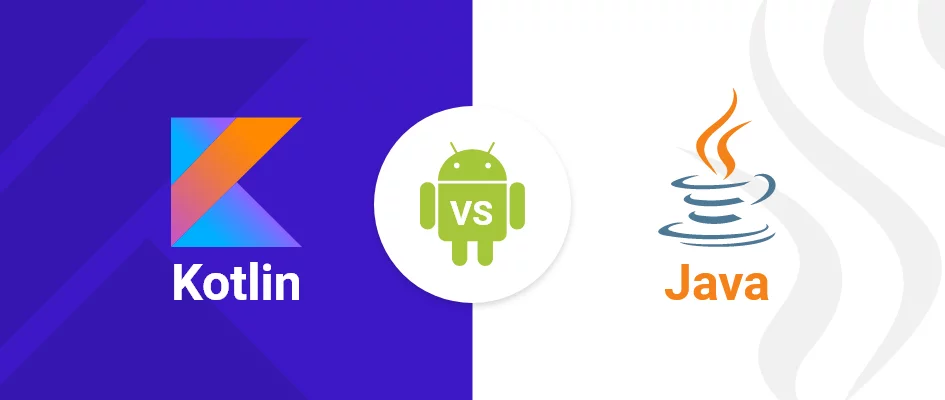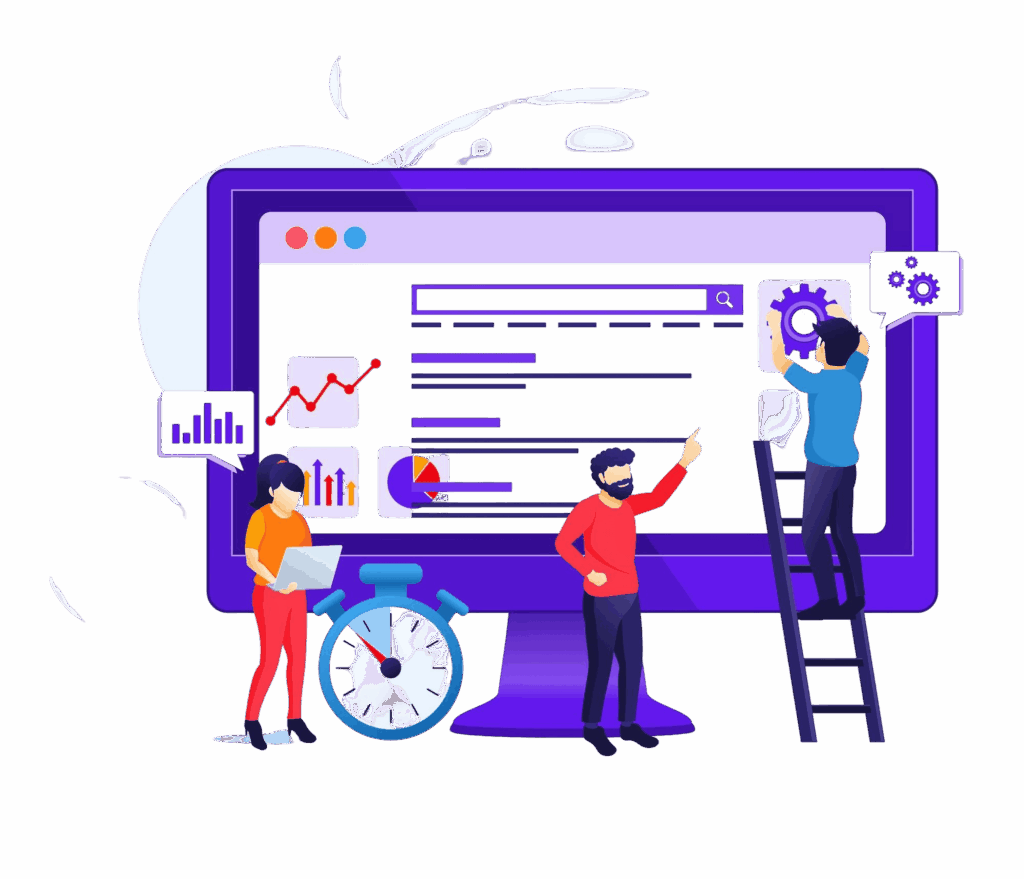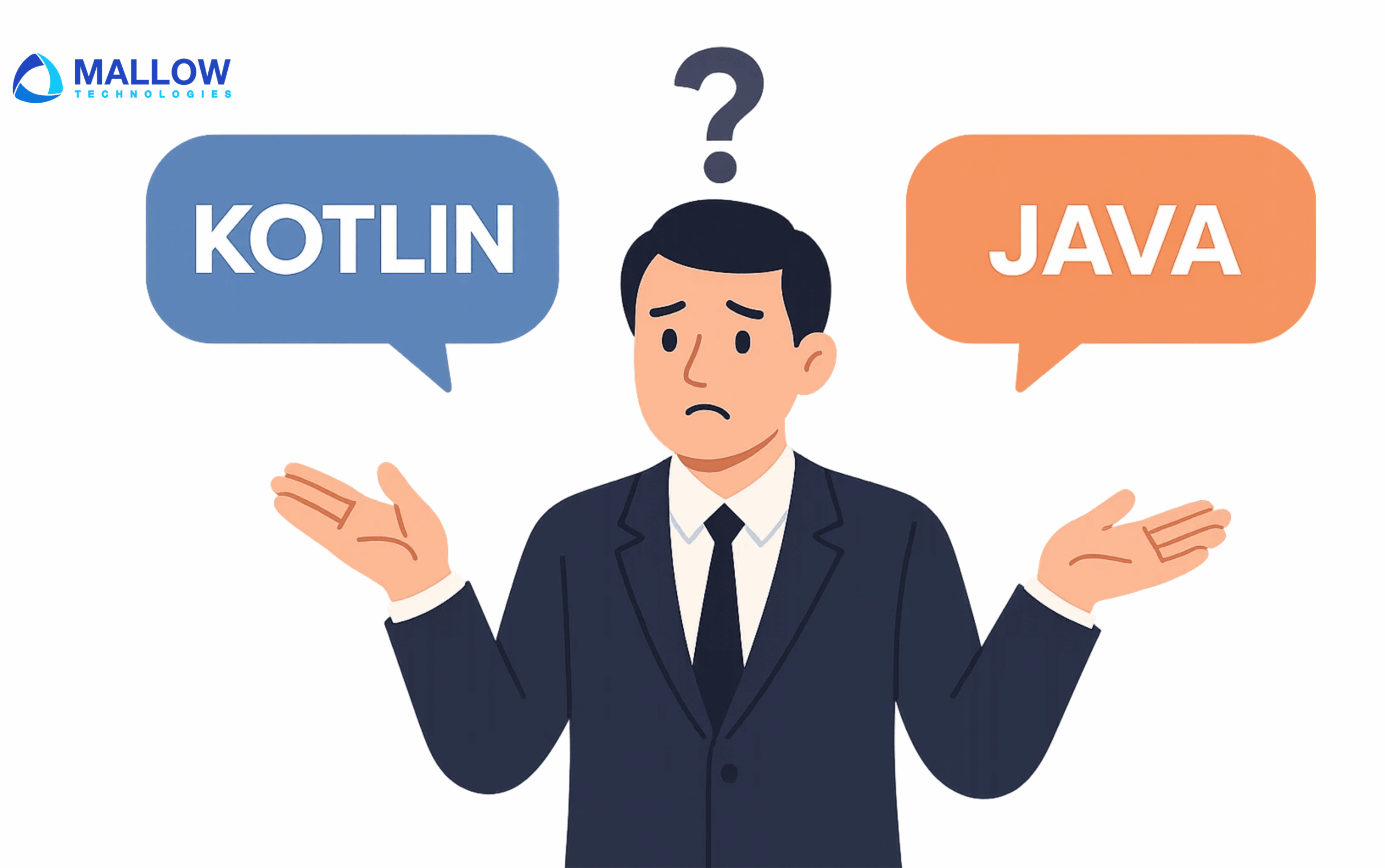Are you unsure which programming language is the best fit for your Android app’s long-term growth and success? Choosing between Kotlin and Java is not just about coding. It is about ensuring your app stays compatible with modern Android development, scales smoothly, and benefits from a strong developer community.
For example, if you plan to build an Android app with real-time chat features and advanced UI animations, Kotlin’s concise syntax and modern tools can help reduce development time and make it easier to implement complex functionality. On the other hand, Java’s widespread use and extensive ecosystem may be more suitable if your existing tools or backend systems rely on Java-based frameworks. Understanding how each language supports your project’s needs is essential to making the right decision.
At Mallow, our deep expertise in Android development and hands-on experience with both Kotlin and Java allow us to guide clients through migrations, improve performance, and make decisions that support long-term business goals. By evaluating scalability, compatibility, and overall project requirements, we help clients choose the language that sets their app up for success. This approach has led to smoother transitions, better user experiences, and more scalable applications, ultimately improving operational efficiency, lowering development costs, and supporting long-term growth.
By the end of this article, you will have a clear understanding of the key differences between Kotlin and Java, helping you determine which language aligns best with your Android app’s needs and vision. You will learn about each language’s strengths and limitations, such as Kotlin’s modern features and Java’s reliability and broad adoption, and how they impact development speed, maintainability, and future scalability. With these insights, you will be able to choose the language that best supports your goals and ensures a smooth, efficient development process.
Overview of Kotlin & Java
Origins and adoption
Java, introduced by Sun Microsystems in 1995, transformed the software development world. It became a foundation for enterprise applications, thanks to its versatility and its “write once, run anywhere” approach. Over the years, Java has powered everything from web servers to Android apps, becoming a global standard for building reliable and scalable software.
Kotlin, introduced in 2011 by JetBrains, emerged as a modern alternative to Java. It was designed to address Java’s limitations, such as verbose syntax and outdated patterns, by offering a cleaner and more expressive language. Kotlin gained major momentum when Google officially recognized it as a preferred language for Android development in 2017. Since then, adoption has grown rapidly, with developers embracing its simplicity and advanced features.
Developer preferences and popularity
While Java still holds a strong position due to its history and extensive libraries, Kotlin has quickly become a favorite among Android developers. Its intuitive syntax, concise code, and advanced safety features make it a more developer-friendly choice. Notably, the 2024 Stack Overflow Developer Survey indicates that Kotlin continues to be among the most admired programming languages, reflecting its growing popularity in the developer community.
History, evolution, and relevance today
Java has continued to evolve through multiple versions, each introducing new features to meet the needs of modern software development. Its adaptability across enterprise systems, mobile applications, and backend services remains a major reason for its long-lasting popularity.
Kotlin is also expanding beyond Android development. It is being used more frequently in server-side development, web development, and even data science. This cross-platform versatility increases its appeal for businesses looking for modern and flexible technology solutions.
Key differences between Kotlin and Java

Syntax and code conciseness
Java is known for being verbose, often requiring many lines of code to complete tasks that Kotlin can handle with much less effort. Kotlin removes unnecessary boilerplate code, which makes development faster and more efficient. Its clean and readable syntax improves productivity and reduces the chances of errors. In comparison, Java’s verbosity can lead to more complex and error-prone codebases, especially in large projects.
Null safety and error handling
One of the most common challenges in Java development is the NullPointerException, often referred to as the “billion-dollar mistake.” Kotlin solves this problem with its built-in null safety feature, which prevents null-related errors at compile time. This reduces runtime crashes, leads to more stable applications, and saves developers valuable debugging time. According to the Android Developers’ official documentation, Kotlin’s null safety is achieved through syntactic rules that guarantee no accidental calls are made on potentially null variables, enhancing code reliability.
Performance and compilation speed
When it comes to performance, the differences between Kotlin and Java are minimal and usually unnoticeable to end users. From a system perspective, Java often provides faster startup times because of its mature and highly optimized runtime environment. A 2024 performance comparison study highlighted that Kotlin Native outperforms Java compiled to native code, with a smaller binary size comparable to Rust, indicating Kotlin’s efficiency in certain scenarios.
Interoperability and Integration
One of Kotlin’s most valuable features is its seamless interoperability with Java. Developers can use Kotlin and Java together in the same project without running into compatibility issues. This makes it possible to gradually transition existing Java codebases to Kotlin without causing disruptions. Kotlin also works smoothly with Java libraries, frameworks, and tools, allowing businesses to use their existing resources while modernizing their applications.
JetBrains’ influence on Kotlin
JetBrains, the creators of Kotlin, have played a major role in its growth and adoption. While Java has evolved through a broader collaborative ecosystem, Kotlin benefits from focused and consistent innovation driven directly by JetBrains. Their efforts include frequent updates, strong integration with tools like Android Studio, and reliable support for developers. This dedicated backing helps keep Kotlin adaptable, modern, and developer-friendly, making it a strong choice for Android app development.
Community and ecosystem
Java has one of the largest developer communities in the world, providing a wide range of resources, tutorials, and libraries. Kotlin, although newer, is quickly gaining ground with strong community support. Its ecosystem continues to grow, offering dedicated forums, learning materials, and third-party libraries designed for modern development needs. Both languages benefit from active communities, but Kotlin’s rapid momentum in Android development makes it especially attractive for new projects.
Security
Thanks to its modern design and null safety features, Kotlin offers stronger built-in security compared to Java. It also supports immutability and read-only data structures, which help prevent unintended data changes. While Java is still a secure and dependable option with its mature libraries and frameworks, Kotlin’s advanced safety features give it a notable advantage for Android development. These capabilities help reduce vulnerabilities and improve overall application reliability.
Business considerations in choosing between Kotlin and Java

When choosing between Kotlin and Java, business goals often matter more than technical preferences. One important factor is time-to-market. Kotlin’s concise syntax allows developers to work faster by reducing boilerplate code and speeding up the prototyping phase. This can be a major advantage for businesses that need to launch apps quickly in competitive markets. However, Java’s familiarity and well-established workflows can provide stability and predictable development timelines, especially for larger teams.
Maintenance and scalability are also key considerations. Kotlin’s modern features, such as null safety and immutable data types, help reduce bugs and create a more reliable codebase. This makes updates and feature expansions easier as an app grows. Java, meanwhile, has a long history of powering large and complex systems, making it a dependable choice for enterprises with existing legacy codebases.
Developer availability and community support also influence the decision. Java has a massive global developer base and decades of community-driven resources, making it easier to find experienced talent. Kotlin’s community is smaller but growing rapidly due to its popularity in Android development. Businesses should consider the available talent pool and any training needs before choosing a language.
Use cases and industry applications
Startups and MVP development
For startups and businesses focused on building a Minimum Viable Product (MVP), Kotlin is becoming a preferred choice. Its concise syntax and faster development process make it easier to iterate quickly, helping teams manage both cost and efficiency. Kotlin’s modern features support rapid prototyping and testing, allowing startups to launch sooner without sacrificing quality.
Enterprise-level applications
Java has a strong and well-established presence in enterprise applications. Its reliable frameworks, strong security features, and scalability make it a solid choice for managing complex systems and long-term projects. However, enterprises that want to modernize their applications often face challenges when transitioning to Kotlin. Careful planning is required to manage hybrid codebases effectively while taking advantage of Kotlin’s benefits in selected modules.
Cross-platform development needs
With the introduction of Kotlin Multiplatform, businesses now have a strong option for cross-platform app development. Kotlin allows developers to share business logic across Android, iOS, and web platforms, helping reduce both development time and costs. Java does not offer direct support for cross-platform development, but its compatibility with a wide range of libraries keeps it relevant for hybrid solutions. For businesses looking for a cost-effective way to support multiple platforms, Kotlin’s versatility can be an attractive choice.
The future of Kotlin and Java: what business owners need to know
The future of Kotlin and Java is shaped by their evolving roles in modern application development. Kotlin continues to grow beyond Android and is becoming a strong choice for server-side development, web programming, and cross-platform solutions through Kotlin Multiplatform. JetBrains’ ongoing innovation, as outlined in their 2025 development roadmap, includes upgrading Compose Multiplatform for iOS to Stable and introducing Kotlin-to-Swift export. These advancements improve developer productivity and strengthen cross-platform compatibility, positioning Kotlin as a versatile option for forward-looking businesses.
Java is also continuing to evolve. Recent Java releases include features such as pattern matching, records, and performance improvements that strengthen its relevance in cloud-native architectures and enterprise solutions. Organizations with legacy systems can rely on Java’s stability, supported by powerful frameworks like Spring and Hibernate.
Emerging trends in application development show how both languages are adapting to modern needs. With the rise of AI integration and platform-specific enhancements, Kotlin is becoming increasingly valuable for building seamless and feature-rich applications. At the same time, Java’s long-standing reliability ensures its continued use in mission-critical environments. Understanding these trends helps businesses make informed technology decisions that align with long-term goals and market expectations.
Future-proofing your application
Building a future-ready application involves more than just choosing a programming language. It requires aligning with market trends, avoiding technical debt, and ensuring long-term scalability. Kotlin’s growing support for modern ecosystems and its active community make it a strong choice for businesses that prioritize innovation. Java, with its extensive vendor support and compatibility with a wide range of third-party tools, remains a dependable option for long-term projects with complex requirements.
Staying aligned with trends such as cross-platform development, microservices, and AI-driven applications helps ensure your app remains competitive. By focusing on scalable architecture and leveraging the strengths of each language, businesses can avoid costly rewrites and prevent technical limitations as their needs change. Whether you choose Kotlin for its modern capabilities or Java for its mature frameworks, having strong community support and reliable tooling is essential for building a robust and future-proof application.
How much does it cost to build an Android application?
Choosing between Kotlin and Java for your Android application is a pivotal decision that goes beyond writing code. It involves aligning with your business goals, ensuring scalability, and preparing for future trends. Kotlin’s modern features and growing ecosystem make it an excellent choice for businesses that want faster development and easier maintenance. Java’s stability and long-standing support continue to make it a strong option for enterprise-level applications. In the end, the best choice depends on your project’s specific requirements, long-term plans, and the expertise of your development team.
If you’re ready to take the next step in planning your Android app, check out our next article on how much it costs to build an Android application. In this article, you’ll discover the factors that influence development costs, from app complexity to team expertise, and gain actionable insights to budget effectively for your project. Whether you’re launching a startup or scaling your enterprise app, this article will help you make informed financial decisions to turn your vision into reality.
Still unsure about your next move? Feel free to get in touch with our team.
What happens after you fill-up the form?
Request a consultation
By completely filling out the form, you'll be able to book a meeting at a time that suits you. After booking the meeting, you'll receive two emails - a booking confirmation email and an email from the member of our team you'll be meeting that will help you prepare for the call.
Speak with our experts
During the consultation, we will listen to your questions and challenges, and provide personalised guidance and actionable recommendations to address your specific needs.
Author
Yogesh Murugesh
Yogesh is an accomplished Senior Technical Lead at Mallow, boasting over 11 years of invaluable expertise in the realm of application development. With an extensive background spanning diverse domains, he has consistently delivered applications of the highest calibre. Yogesh's commitment to quality and excellence shines through in every project he undertakes. His career journey is marked by a proven track record of successfully crafting applications that not only meet but often exceed industry standards. His ability to navigate through various domains showcases his adaptability and keen problem-solving skills. Yogesh's contributions have consistently played a pivotal role in driving technological innovation and advancement within his field. Beyond his professional pursuits, Yogesh finds solace and joy in various activities. An ardent cricket enthusiast, he embraces the team spirit and strategic thinking that the sport demands. During leisure moments, he indulges in watching movies, allowing himself to be captivated by different narratives and genres. Moreover, Yogesh cherishes quality time with his child, relishing the role of a devoted parent.


